OLYMPIC LOOP BIRDING TRAIL MAP
The Olympic Loop features more than 200 of Washington’s 346 annually recorded bird species. Read more
From the quiet Nisqually River delta in south Puget Sound, the Olympic Loop leads west to wild Pacific breakers, follows rivers through moss-draped forests, and touches the tip of the contiguous U.S. at Cape Flattery. The route traces the Strait of Juan de Fuca east over the Olympic Peninsula, and wends south along the inland waters of Hood Canal.
This loop explores Olympic National Park, four national wildlife refuges, state and local parks, as well as the natural and cultural history of six Native American tribes: Jamestown S’Klallam, Makah, Quileute, Quinault, Skokomish, and Squaxin.
Around the Olympic Loop, spring migration brings clouds of shorebirds to sandy beaches—Dunlin, Sanderlings, and Western Sandpipers—and visitors to rocky coasts—Black Turnstones, Surfbirds, and Wandering Tattlers. In summer, Marbled Murrelets and Bald Eagles nest in old-growth firs, American Dippers bob on glacial streams, and Yellow Warblers sing in wetland willows. Fall’s berries feed Cedar Waxwings. Winter features waterfowl extravaganzas on fresh and saltwater.
The map features original art by Ed Newbold on the cover and along the route of the map. Thank you to the many dedicated Birding Trail volunteers, and to the funders: National Forest Foundation; US Forest Service; Washington State Tourism; Parks and Recreation Commission; departments of Fish and Wildlife; Transportation; and Community, Trade and Economic Development; Grays Harbor and Mason Counties; the Cities of Aberdeen, Forks, Ocean Shores, Olympia, and Tumwater; Clallam Bay and Port Angeles Chamber of Commerce; Sequim Marketing Action Committee; North Olympic Peninsula Convention and Visitors Bureau; and individual contributors.


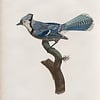 North America Bird Guides
North America Bird Guides
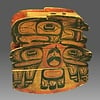 Pacific Northwest Bird Guides
Pacific Northwest Bird Guides
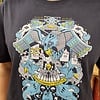 Apparel
Apparel
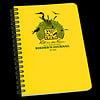 Birding Accessories
Birding Accessories
 Books
Books
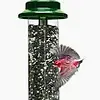 Feeders & Accessories
Feeders & Accessories
 Food
Food
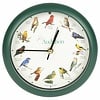 Housewares
Housewares
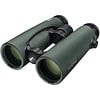 Optics
Optics
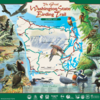 Paper Products
Paper Products
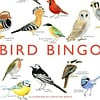 Toys, Games, Puzzles
Toys, Games, Puzzles
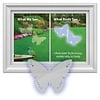 Window Strike Protection
Window Strike Protection




